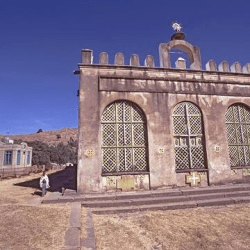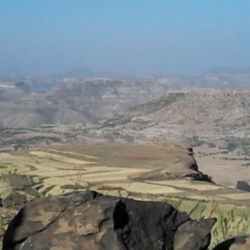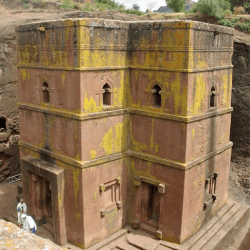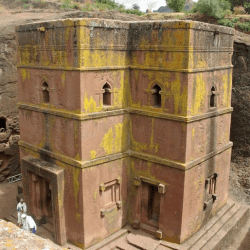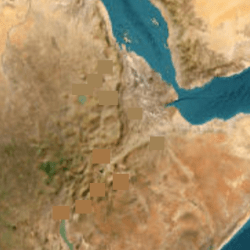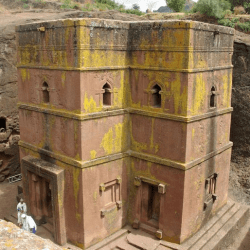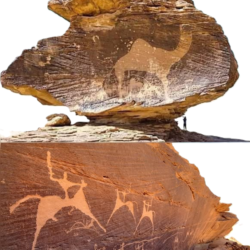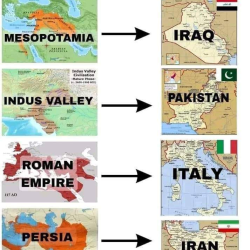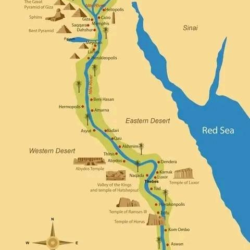Ethiopia, a country in the Horn of Africa, is one of the oldest nations in the world.
The country has captivating stories from its historical background – from the ancient Kingdom of D’mt to the modern-day Federal Democratic Republic of Ethiopia.
Early Civilizations and the Kingdom of D’mt

Ethiopia’s history can be traced back to the prehistoric era, with early human ancestors roaming the region many years ago.
The ancient Kingdom of D’mt, established around the 10th century BC, marked the emergence of the first known civilization in the region.
The Kingdom of D’mt was an important trading hub, linking the Red Sea with the African interior and laying the groundwork for the rise of the mighty Aksumite Empire.
Aksumite Empire: A Beacon of Ancient Africa

The Aksumite Empire (c. 100 – 940 AD) was one of ancient Africa’s most powerful and influential civilizations.
At its height, the empire controlled vast territories encompassing present-day Eritrea, Ethiopia, and parts of Sudan, Yemen, and Saudi Arabia.
The Aksumite Empire was renowned for its wealth, derived from trade and the minting of its currency. It was also a center of culture, religion, and technological innovation, contributing significantly to the development of Ethiopian identity.
Zagwe Dynasty and the Rock-Hewn Churches of Lalibela

King Lalibela
Following the decline of the Aksumite Empire, the Zagwe Dynasty emerged in the 12th century, ushering in a new era of Ethiopian history.
During this period, the famous rock-hewn churches of Lalibela were constructed, which remain an important pilgrimage site for Ethiopian Orthodox Christians.
These architectural marvels, carved out of solid rock, are concrete evidence of the skill and creativity of Ethiopian artisans.

